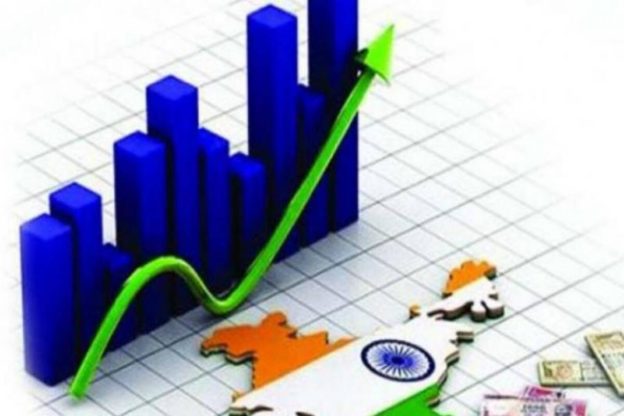The projected growth rate is below consensus , but it will be the second fastest in Asia after China which is expected to grow 8.5 per cent, Singapore will be the third fastest which is expected to grow by 6.5 per cent. The caveat here is that a lot of India’s growth could be due to the base effect.
Even as inflation concerns loom large and the jury still to be out on impact of the second wave of infection, India is expected to emerge as one of the fastest growing economy in Asia only after China this year, say economists. Though this could be due to base effects, it is expected to return to pre-covid growth rates by the end of the year.
” The second wave of COVID-19 looks to have peaked and economic activity is starting to rise” said Frederic Neumann, co-head, Asia economics research.
Among the positives include, strong global growth, capital markets are buoyant, and firms have learnt to function amidst the new normal. ” We think the April to June quarter will bear the direct economic cost of the lockdown, contracting 13% q-o-q, which is half the contraction in the same quarter last year. The rebound in the next quarter could be soft amidst the weight of new uncertainties. A full growth rebound is likely to come only in 2H FY22, when a critical mass of the population is expected to be vaccinated. Bringing all of this together, we forecast GDP to grow 8% in FY22, following a 7.3% contraction in FY21″ HSBC economists said,
The projected growth rate is below consensus , but it will be the second fastest in Asia after China which is expected to grow 8.5 per cent, Singapore will be the third fastest which is expected to grow by 6.5 per cent. The caveat here is that a lot of India’s growth could be due to the base effect.
” Normalisation is under way ” said Rahul Bajoria, chief India economist at Barclays, ” India is expected to return to the pre-covid levels by the end of the year”. Many other Asian counterparts though, have already managed their way to pre-covid levels of the economy. ” A lot (recovery) would depend on the progress of vaccinations which is picking pace” said Bajoria.
The relief package announced by the government for COVID impacted sectors is expected to have a minimal impact on the fiscal deficit numbers which is pegged at less than one percentage point of GDP, according to economists at both HSBC and Barclays.
This may help RBI manage inflation expectations. CPI inflation rose to 6.3% in May, breaching the RBI’s upper tolerance threshold. The RBI could find some space open up to gradually shift focus to inflation control. With the current account moving into deficit, we expect the balance of payments surplus to fall.
The RBI may not have to purchase as many dollars as last year. The resultant cap in domestic liquidity could become an important part of monetary policy normalisation and inflation control” said HSBC chief India economist, Pranjul Bhandari in the report.
https://cfo.economictimes.indiatimes.com/news/india-to-be-the-second-fastest-growing-economy-after-china-this-year/83975069





